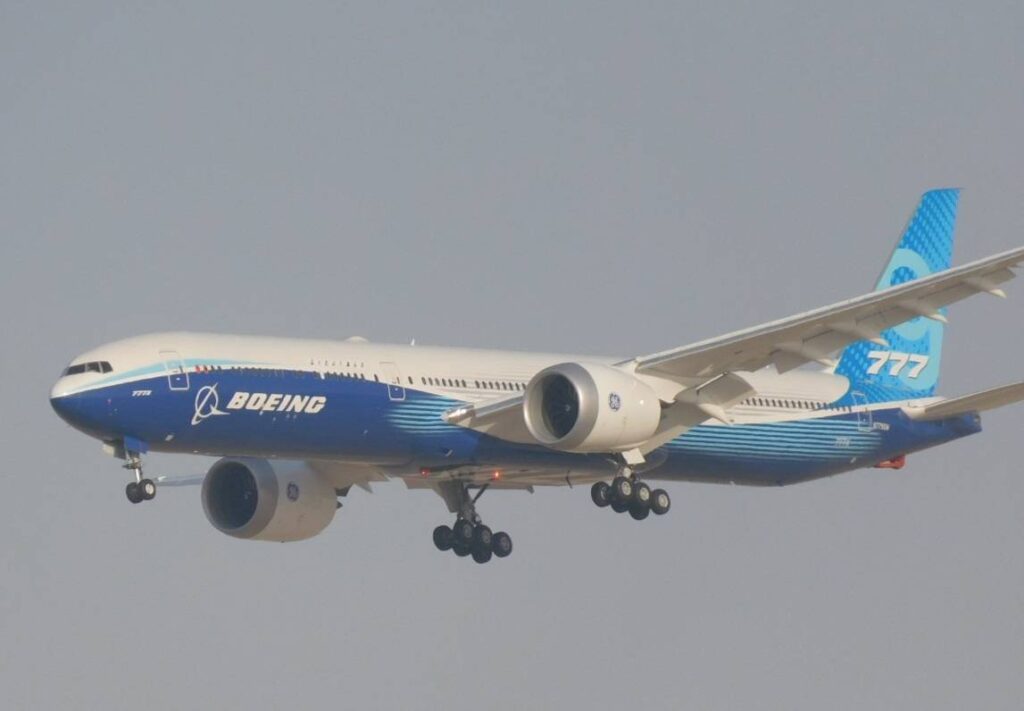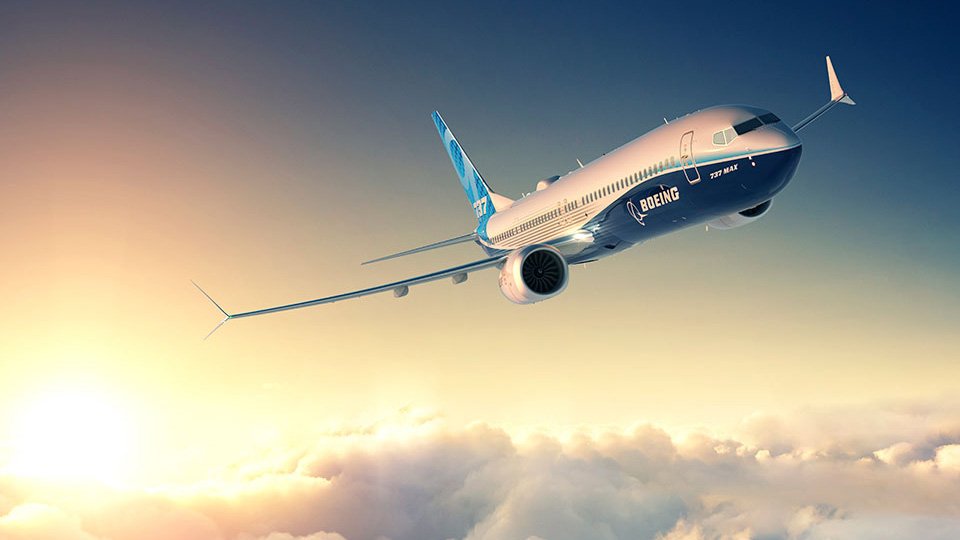Prior to the 2023 Paris Air Show, Boeing published its most recent Commercial Market Outlook (CMO) report, which predicted that over the next two decades, there will be a need for approximately 42,600 new jets, up from its 2022 estimate of 41,170 units. Over three-fourths of the anticipated demand still goes to narrowbody airlines, which are in great demand as before.
The figures provided by the American aerospace giant are based on a robust post-pandemic aviation recovery supported by a continuous rise in passenger traffic on a global scale. Every fifth new airframe will be of the widebody variety as demand for travel increases and airlines increase service on busy short- and long-haul routes. According to Brad McMullen, senior vice president of commercial sales and marketing at Boeing.
“The aviation sector has proven resilient and adaptable following tremendous disruption, with airlines responding to issues by streamlining their fleets, boosting productivity, and taking advantage of rising demand. Looking ahead to the year 2023, our CMO reflects the continuous evolution of passenger traffic linked to the rise of the middle class globally, sustainability initiatives, continued expansion of low-cost carriers, and the necessity for air cargo to support shifting supply chains and expedited freight delivery. Let’s examine the Commercial Market Outlook 2023 from Boeing in more detail.

New airplanes costing $8 trillion
Boeing estimates that by 2042, the global aviation sector will require 42,565 new aircraft, worth a staggering $8 trillion. The total cost of the commercial services associated with the purchase of new aircraft, including training, digital solutions, and spare parts, was $3.8 trillion.
Nearly 1,400 more aircraft are expected to be delivered in 2023 than in 2022, according to the CMO. It’s important to note that the 2022 CMO left out the demand for aircraft from Russia and the countries of Central Asia because to unpredictability in the area.
Single-aisle airframes are anticipated to make up 32,420 of the total 42,565 new deliveries, while widebodies are anticipated to make up 7,440. 1,810 airframes belong to regional jets, and 925 belong to freighters, which will be the least popular type.
Aiming for aircraft expansion
Additionally, according to the aircraft manufacturer, the return to pre-pandemic levels is nearly complete, with passenger flights hitting 97% in April 2023 as compared to the same month in 2019. Similar to this, passenger traffic last month hit 90% while capacity was at 92%.
Although there may be a global increase in airline prices, the rate of rise is still far lower than that of other services like housing, dining, sports, and entertainment. Despite rising airfares, there is still a need for air travel thanks to the expansion of middle-class households around the world.
the small-body boom
The single-aisle network is now expanding in all regions, with statistics that are just a little bit higher than those of 2019. The widebody market, though, is still some distance off. This accomplishment is entirely attributable to the growth of low-cost airlines. In 2042, LCCs are anticipated to operate more than 40% of the single-aisle fleet globally, up from just 10% in 2002.
Another key component boosting narrowbody sales is fleet renewal. Single-aisle aircraft, which are less expensive, make the ideal subjects for airlines to brag about having a young fleet. Boeing projects that only 6,000 of the 24,500 airplanes that are currently in service around the world will still be in service in 2042.




